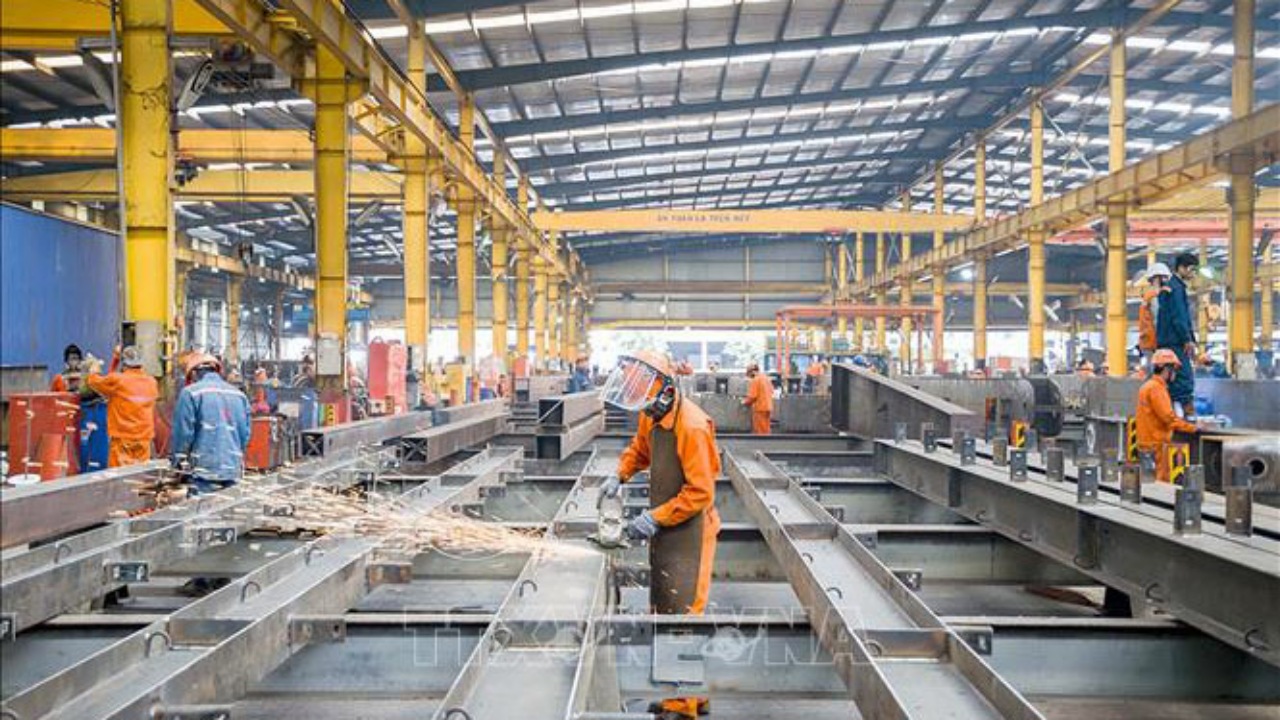HCMC – Although business conditions in the Vietnamese manufacturing sector continued to improve at the beginning of the fourth quarter, the Vietnam Manufacturing Purchasing Managers’ Index (PMI) grew the slightest in 13 months.
The S&P Global Vietnam manufacturing PMI registered 50.6 in October, following a reading of 52.5 in September. Though the figure stayed above the 50.0 no-change mark and signaled an overall strengthening of operating conditions during the month, new order growth showed signs of a slowdown.
According to the latest report on the Vietnam Manufacturing PMI by S&P Global, new business increased to the least extent in over a year, with a slight increase in new orders, while demand seemed to wane and export growth decelerated.
“The October PMI data provides us with the first signs that weakness in the global economy is starting to impact growth at Vietnamese manufacturers, with both new orders and exports increasing at the weakest rate in 13 months. Worries around demand conditions also hit business confidence,” Andrew Harker, Economics Director at S&P Global Market Intelligence, said.
During the month, manufacturers continued to expand production in response to the rise in new orders, though at a modest rate. Rises in output were seen across consumer, intermediate and investment goods producers.
However, they eased the expansion rate due to signs of demand softening, reflected in a weaker growth of buying activity and employment. Input buying growth hit a seven-month low, while job creation grew at the slowest pace since July.
Meanwhile, inflationary pressures remain muted, with a slight increase in prices. Stocks of both purchases and finished goods dropped in the month, reversing the stockpiling seen in September.
According to S&P Global, suppliers’ delivery times continued to shorten in October, representing a continued stabilization of supply chains after a long period of disruption despite some incidents of delays resulting from material shortages and transportation issues.
Although expected improvements in new orders and a lack of Covid-19 disruptions meant that manufacturers remained optimistic about an increase in output over the year ahead, confidence dropped to a 13-month low amid concerns over waning demand.
However, continued expansions in output and employment alongside muted price and supply pressures may help the sector remain in growth territory as the end of the year approaches, he added.









